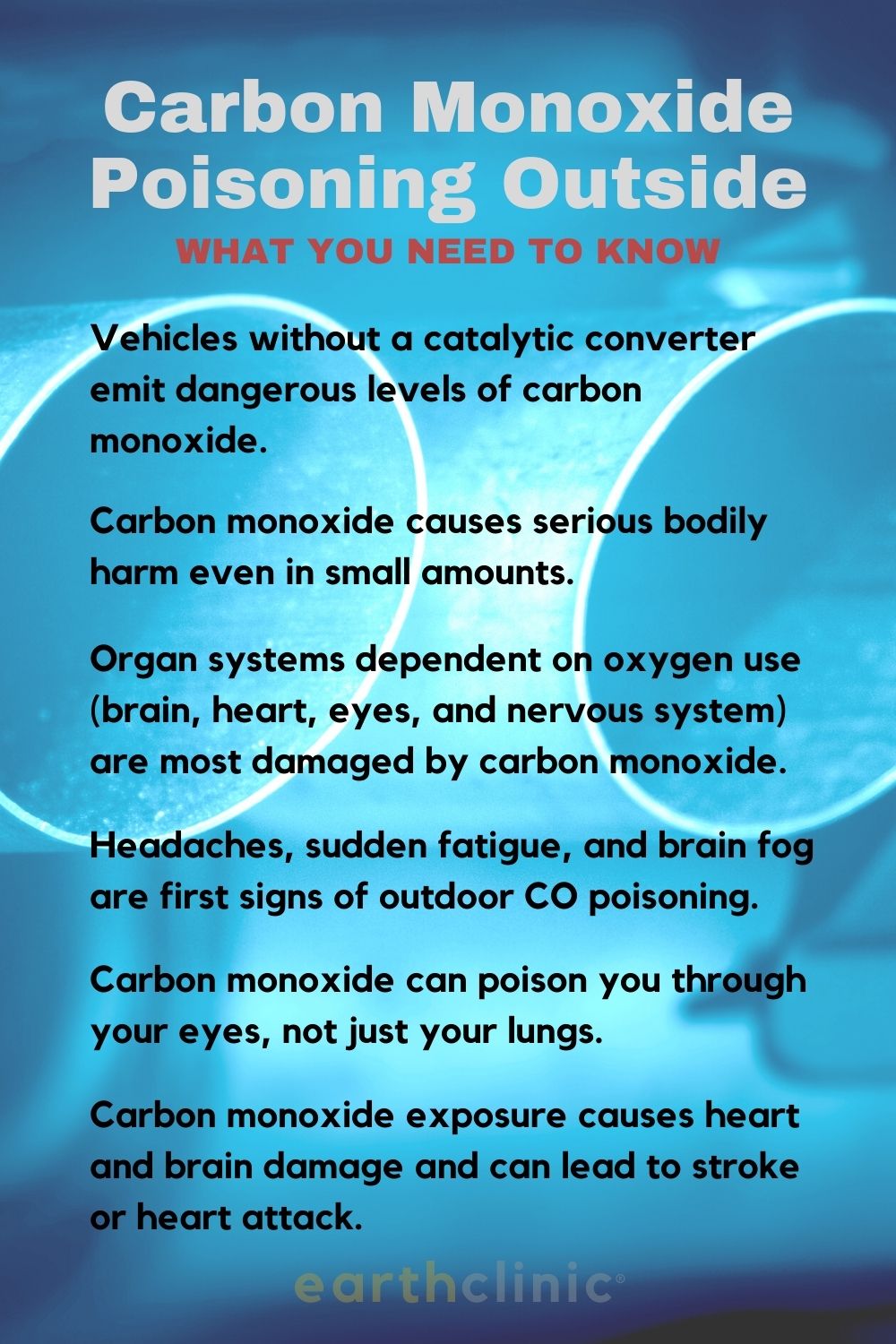Boost O2
★★★★★

EC: Thank you so much, what a great idea. Added your idea to the supplements section in the CO article above.
(Israel)
01/20/2021
Carbon Monoxide Poisoning Danger
★★★★★
This newspaper article draws attention to the danger of Carbon Monoxide poisoning in mountain huts, where climbers / trampers are naturally very keen to get warm, especially in the winter. Some go to sleep and never wake up!
Several people have unfortunately died from CO poisoning in alpine huts in New Zealand over the years! It is one of many aspects of Mountain Safety that people should acquaint themselves with prior to venturing out into the "Great Outdoors".
That stove in the corner of that welcoming hut is not always your friend!
Have I shocked you - I hope so!
I looked into my old tramping guide book from the 'seventies and could find no reference to CO poisoning in the index of an otherwise excellent book. The other knowledge contained therein must surely have saved my life on more than one occasion, that is the measure of the value of such knowledge.
The above tragedy happened to a guy who was probably well versed in the mountains, so it should serve as a cautionary tale to all those setting out for the first time into the Wilderness, as well as those of us who think they have "Read the Book"!!
Joining a tramping/skiing/climbing club is invaluable if you are prepared to listen to other more experienced members, who are usually very happy to share their experience and knowledge (O.K. even brag about it -still useful to know!). Clubs often organize safety courses of one sort or another too. Attend those courses and listen and learn. Leaders need to know all of this safety stuff especially well of course! Being a club member can be fun and enjoyable too!
CO is an insidious gas because it can sometimes go undetected !!!
Cheers from Down Under (Where the mountains are pretty cold right now!)
Carbon Monoxide Poisoning From Generators
★★★★★
I took the dog for a walk and 20 minutes later the kitchen (!) still reeked of exhaust. That's when I pulled out my handy little carbon monoxide reader and found that carbon monoxide was spiked in the kitchen. Also in the garage, slightly more so.
Please remember that the smallest amount of carbon monoxide can cause brain and heart damage. I did a lot of research on this when I wrote the article and I feel very strongly it's the most underreported cause of heart attacks and strokes, despite being heavily studied in the auto industry for many decades.
I used an electric leaf blower to blast the carbon monoxide out of the garage and my meter went back to 0 quickly. (No, did not use the blower in my kitchen!) That is one of the fastest ways you can clear toxic gas. Opening the windows and doors takes a lot longer.
Cayenne
★★★★★

Methylene Blue
★★★★☆
It is also good for parkinsons, alheizmers, old age dementa. etc. They are all oxidative damage. People with genetic disorders take it daily for their entire life without bad effect.
I have been taking it for about 8 years now daily. There is a genetic disorder that can affect (mostly asian people) and they can get anemia if they take it (in large doses) but that is very rare in others. It also helps with covid and certain parasites. Used for 60 years to treat malaria.
Oil Pulling
★★★★★

I was in a carbon monoxide accident a few weeks ago. Although I was very lucky to survive, the migraines felt like a brain freeze that lasted hours of each day. I couldn't think or see straight. I avoided filling the prescription for pain pills from the doctors and was going to wait it out a month and see if I could find an alternative route. I did try aspirin, excedrin, ibuprofen, and Tylenol. Nothing helped the pain at all. I started oil pulling last Thursday night with organic sesame seed oil (medium heat) and I have not had a migraine since that day. I do it twice a day for 20 minutes. A place I spend extra time with the oil is under the tongue, but I also swish it all around. The world needs to know about this. I'm so grateful.
Preventing Carbon Monoxide Poisoning
★★★★★
When we first started using the wood stove again I knew I needed to use the CSL early this year but I kept putting it off until I just forgot. Yesterday I started getting this headache and had a hard time keeping the fire going in the wood stove. It just never dawned on me about the chimney clogging and carbon monoxide until last night. Then I remembered I neglected the CSL.
I slept with my window cracked and and told my husband to do the same thing. This morning when I went downstairs the fire he had started was burning at a slow pace so I advised him to let it burn down to coals as I needed to burn the CSL and turned our thermostat back so it would stop circulating the toxic air. I cracked our kitchen window, which is on the second floor after I stood outside taking some deep breaths. It seems better in the house now but cold. We have some small heaters to use in each room.
We clean our stove every year and our chimney has a liner due to a previous chimney fire. Burning the CSL logs have worked fine every year since our fire. I just neglected to do that at the end of last season and wanted to give a "heads-up" about it.
KT
(Ten Mile, Tn)
11/23/2018
KT,,,,,,, girl, you just sent me to school. I was not aware of a CSL log until your post. I am aware of creosote and how it can burn down your home. An ole timer said to burn potato peeling in your heater and that will keep it clean. Did not work for us, so we have it cleaned ever other year.
Normally, we just bang on the flue and the stuff falls and we clean that up. Over the years we always had a fireplace. The are only fit to look at. No heat like a heater. Our heater stands on a stone hearth that goes to the ceiling in the back. The heater has a glass front and a fan. The fire has to be small, least it run all out of the house. We get to see and feel the fire.
In the fall we go to the corn fields and pick up the left over corn cobs.... about a bushel. We keep a small pail of them soaking in diesel. When we want to build a fire we use one with a handful of kindling along with some very small logs and have an instant fire.
Waste not, want not. We take the dead ashes and spread them along the base of out house. Thus, we never have a need for an exterminator, no insects ..... Did I ever tell you that I was an eagle scout about 66 years ago.
Kt, if folks read the EC posts, their lives well so much better. Got some smart people here. Thank you for sending me to school.
====ORH====
(Usa)
11/26/2018
Dear ORH,
Small fires create a swirling effect and that's what can coat & clog the chimney. We were advised to initially burn our stove hot in the morning to burn out any coating. I just scanned, looking for your post about breathing...maybe your chimney is closing up and the shallow breathing could be a danger to you and your tractor driver.
I don't think using diesel soaked corn cobs is safe. I get "Starter Logg" and we also use "Strike-A-Fire". Even though cardboard is not the best, I save our toilet paper and paper towel rolls all year and use with newspapers and twigs/kindling from our yard to start fires.
I think it would be a good idea to get a couple CSL's and use one now to make sure you are not reducing your own oxygen supply in the house.
KT
(Ten Mile, Tn)
11/27/2018
KT, think you are right about the small fires, but our family room is 22' high and the flue is close to that. Even a small fire will run us out of the house.
What I've learned is that safety is knowing how to handle something. I've handled lot of hazardous materials in my life and a soaked corn cob is not a problem. We used that trick most of our lives. I thank you for your concern however.
I am going to get some of those logs.
====ORH====
Strokes and Heart Attacks
★★★★★
(USA)
01/24/2021
What about all of the thousands and thousands of people waiting in their cars to either get tested or get the covid 19 vaccine. Maybe this is why so many are being tested positive or once in the hospital are testing for all of the above???
(Colorado)
10/10/2022
Not to mention this new experimental medical shot has caused many to have heart conditions, there's many FB groups with people sharing their symptoms or losing family members. we should be able to talk about this! many deaths yet no one is discussing this.
(Colorado)
10/10/2022
And all the cars waiting in line at parent pick up at so many schools!
(Burnley England)
04/02/2025
★★★★★
I used to live in an old back-to-back terraced house where the chimneys join at the top. My neighbour was supposed to use a flue-liner in his chimney with the gas fire there, but had put one in that only reached halfway up the chimney and I had carbon monoxide detectors but they never registered a problem. I suffered from every symptom on that list but had to battle my local council and my doctor to help me, which they never did. I had to move house in the end. It wrecked my health completely. Never trust those detectors, they are absolutely useless!



.jpg)


